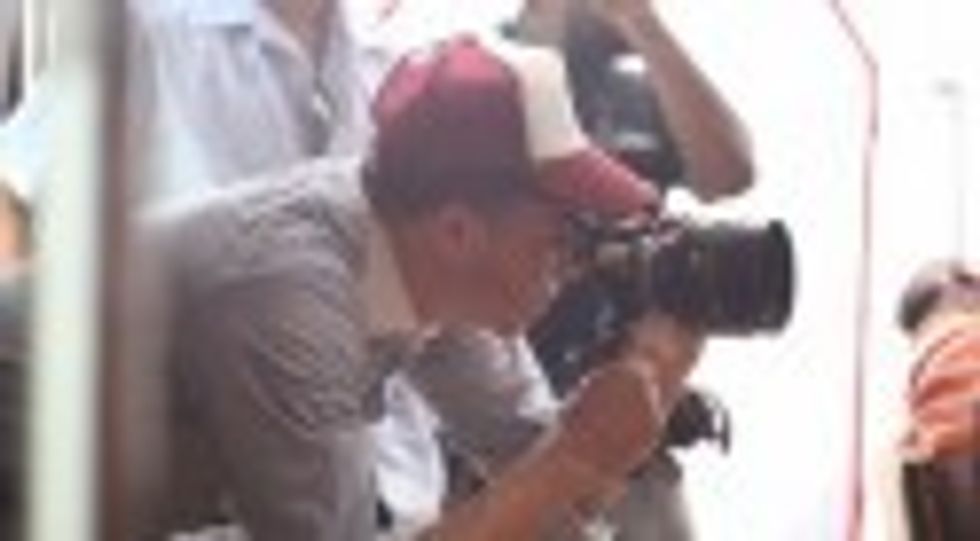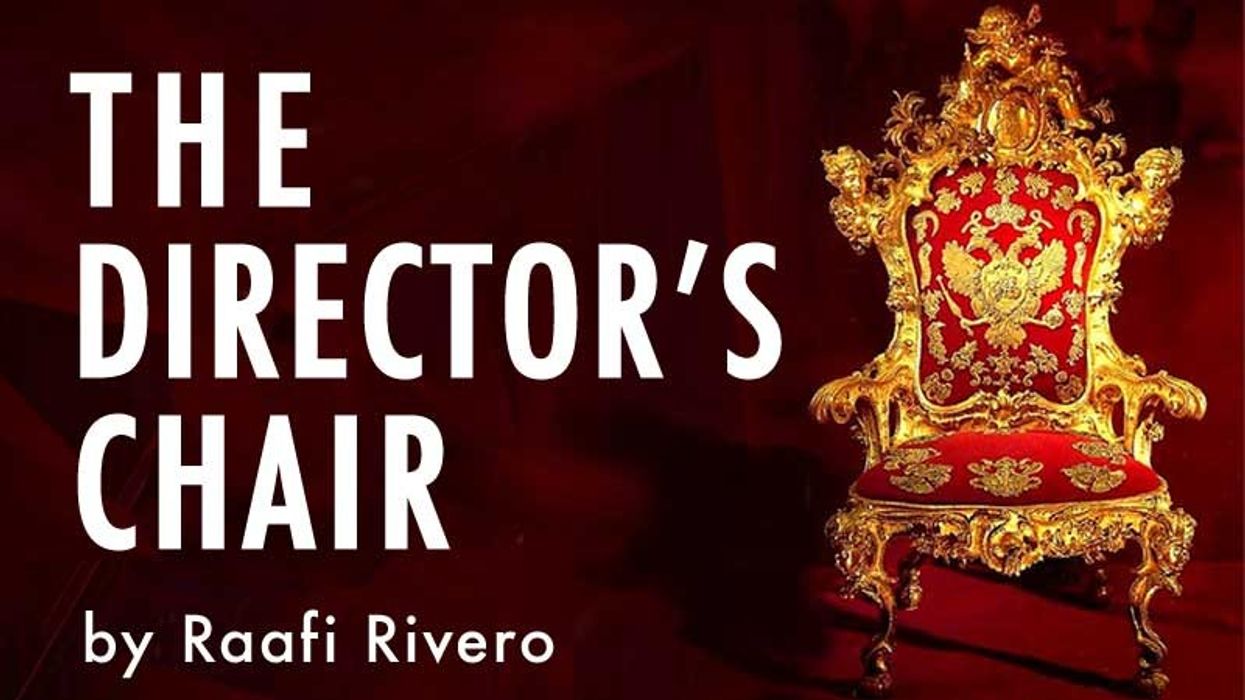This is the sixth in a series of guest posts by filmmaker Raafi Rivero.
In past articles in this series, I’ve focused on techniques for directing with the assumption that you’d be working with full crew and support. But in the day of the DSLR sometimes even the word “crew” is a euphemism. You’re going out there like a samurai. These are some tips to make sure you come back with what you need. This will be more technical and less aesthetic than some of my other pieces here.
Location Selection
Choosing locations is one of the most important decisions you make as a director, period. And whether you’re a one-man band or the whole circus, the fundamentals of locations are the same: close-ups are cheap, wide shots are expensive. This is because you’re most likely not going to be able to afford to “control” all the way to the edges of a large location from a lighting, set design, and extras perspective.
But, screw it, find a way to get a wide shot or two... Wide shots, though less important in the internet age, give the audience time to catch their breath. And if I hear that you had access to a big-old location and didn’t use it? We’re not friends.
Far-side key
One simple lighting rule that I adhere to whenever possible is what’s called the far-side key. You want the “key” or brightest light on your subject to be hitting them on the side of their face further from the camera. The side of the face closest to the camera should be darker by 1-2 stops. Even with available light look to recreate the far-side key, even when stealing shots.
Stealing locations
Stealing means shooting somewhere without permission. Now, let’s get this straight. I highly recommend getting permission to shoot… you know, producing. But sometimes it’s just not going down that way. And if that’s the case, these are some simple ideas for how to steal a shot. First off, if they see you walk in there with a slate and all kinds of microphones and lights rigged to your camera, you’re getting stopped. But if they see you there with the camera ((Ed. note: like a DSLR...)) alone and a couple actors? Maybe you’re tourists. Use this to your advantage. Free extras!
When stealing a location, you don’t want to find yourself in situations when you’re turning around for reverse shots or running multiple takes or doing anything that appears like you’re overtly filming. You want to keep things loose, even if you are running multiple takes or turning around for reverse shots. Try to maintain all outward appearances of something completely casual. And if there is a screaming match or something outlandish that will definitely draw attention, save it for last.
[youtube https://www.youtube.com/watch?v=jK6jaK07Wbk(a music video I did last summer One-Man-Band-style)]
On Handheld
DSLRs are really lame when it comes to shakiness, rolling shutter, etc. But if you bust out the tripod when you’re stealing a scene, you’re getting stopped. So be cognizant of maintaining balance and smoothness while shooting.
This may sound like heresy but… I much prefer bumping up the ISO on the camera if it affords the ability to stop down rather than risk shooting on a wide f-stop and constantly losing focus. For example: shooting on a 50mm lens with my 5d, I’ve got 3 inches depth at f/1.4 and just over a foot at f/5.6. If you’ve done your homework and chosen locations wisely, you’ll be able to stop down and still get plenty of pretty bokeh in the background while giving your actors and yourself room to play and maintain consistent focus.
Nothing is more annoying than watching a DSLR film when half the shots are soft.
Free to Experiment
This is important: vary your angles. Being free of a large crew means you get to try a bunch of different things quickly without the inertia of moving huge numbers of bodies around to get different shots. Don’t be the person who comes home with everything in a medium shot at the same focal length. Get that extra wide shot and the extra close one too. Get the reverse. And the cut-aways you’ll probably forget to get anyway.
When someone says, “we shot the shit out of that scene” what they mean is that they got every angle, every way in and out of the material. Remember what I said before about getting good performances, but take advantage of your nimbleness as a one man band to experiment with shots and angles. Get what you need from the traditional shots, and get everything else you wouldn’t have the flexibility to do with a large crew. This is the advantage of small-crew film.
Get it, get it, get it. It’s your show.
To see all the posts in this series (to date), click here.














